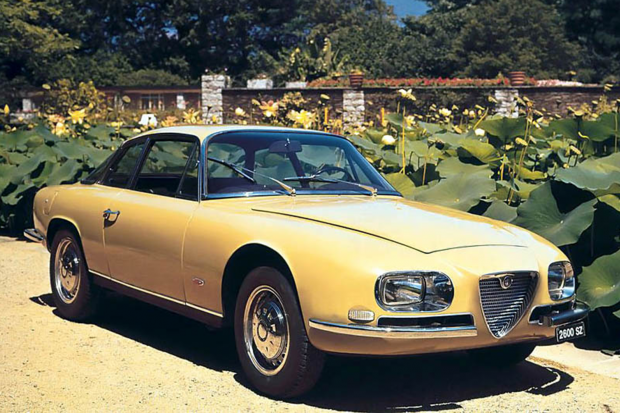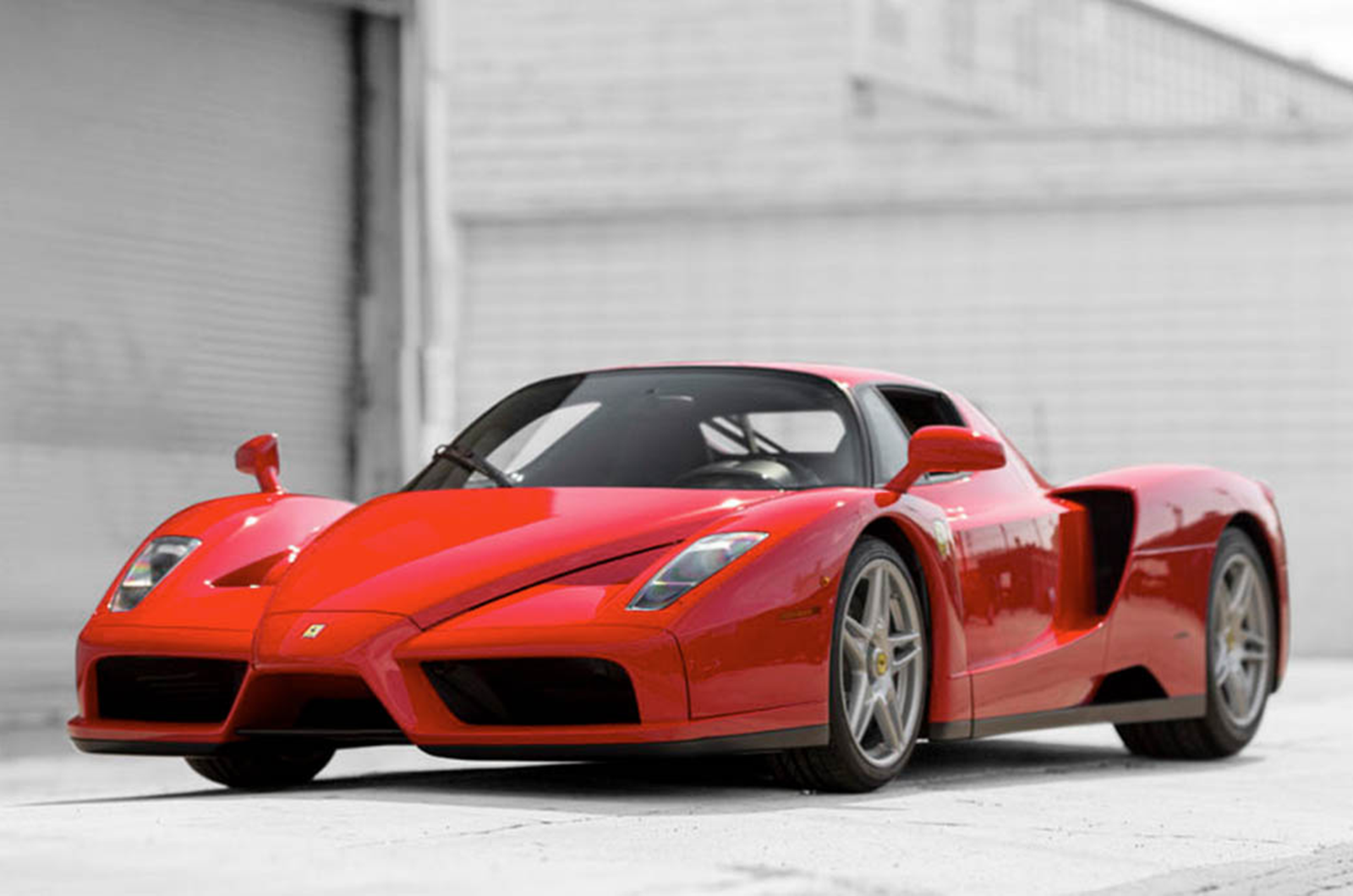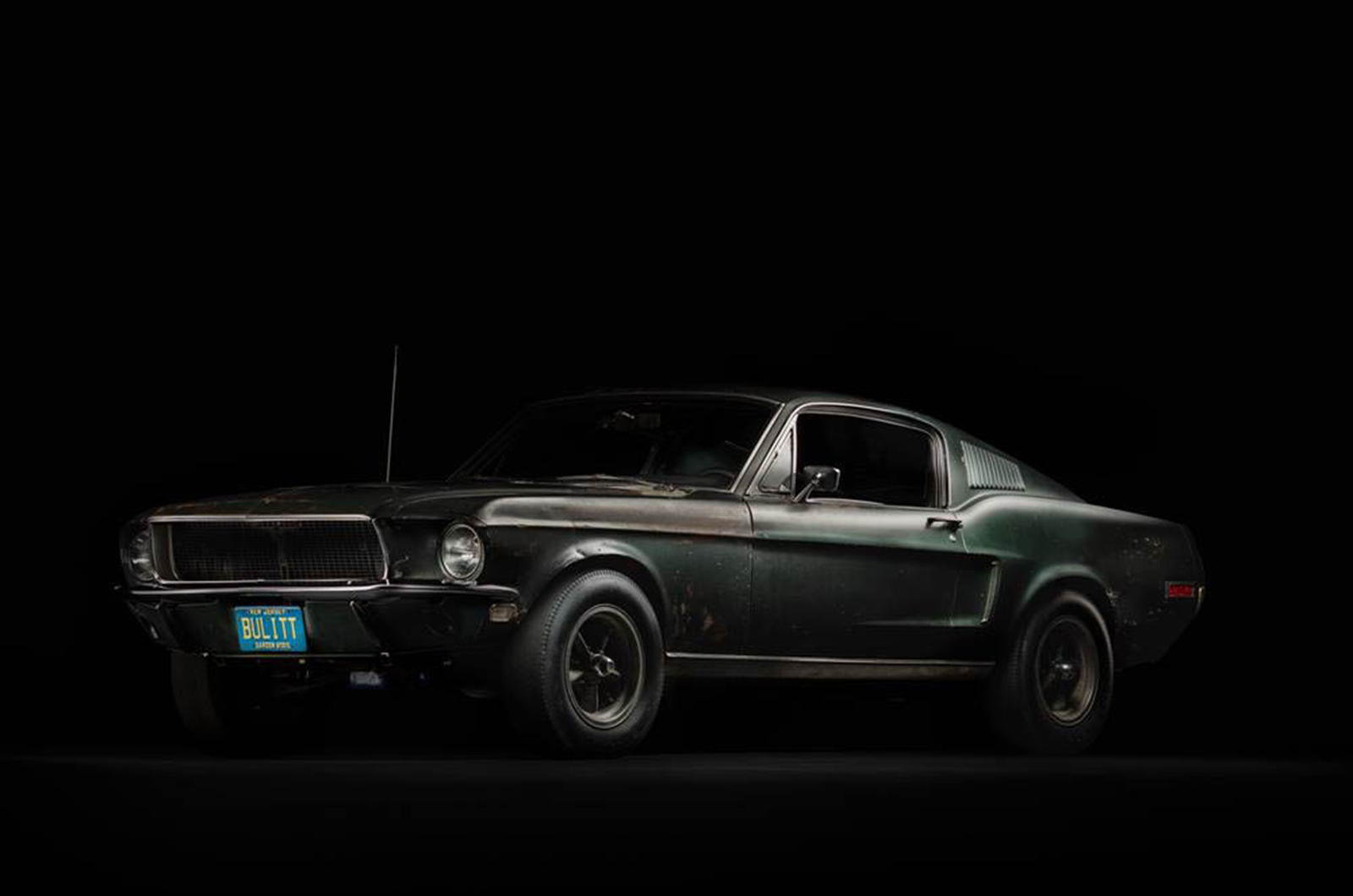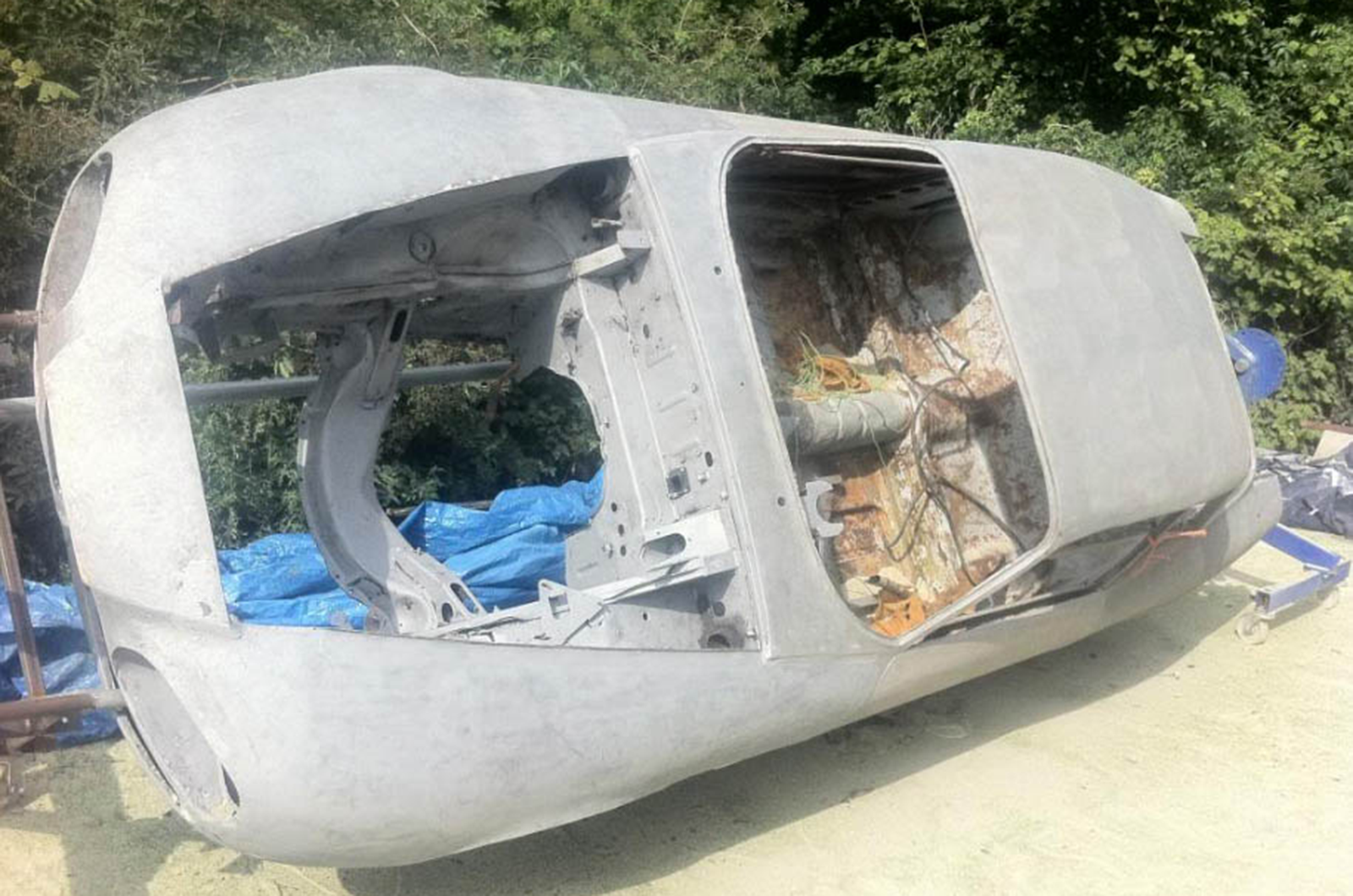Once you have your car, maybe try to fill in some of the pieces of the jigsaw. The first place to look is the internet: even a simple search of the chassis and registration numbers may provide information, and MOT history back to 2005 is available free online. Most manufacturers offer a historical research facility that provides a certificate of authenticity, proving the original build dates, chassis and engine numbers, and often details like the original colour and trim levels. Try approaching the owners’ club for the model, or even the dealer who first sold it; I managed to obtain a copy of the original sales Kardex for a classic I owned after just one telephone call. If you can’t do this, or you own a car that you think is very important, there are specialists out there who can do this research for you, and more.
Next, maybe you could return the car to original specification. Out go the modern stereos and alloy wheels; in come the original wireless (now invisibly upgraded to FM and with an iPhone jack) and the steel wheels fitted when the car left the factory.
Finally, make your own history. Cars are all about driving; use yours, drive it places and build the memories so that someone else, in the future, will want to follow in your footsteps. After all, that’s what owning a classic is really all about.
Images: Alfa Romeo, Casey Maxon, RM Sotheby's










